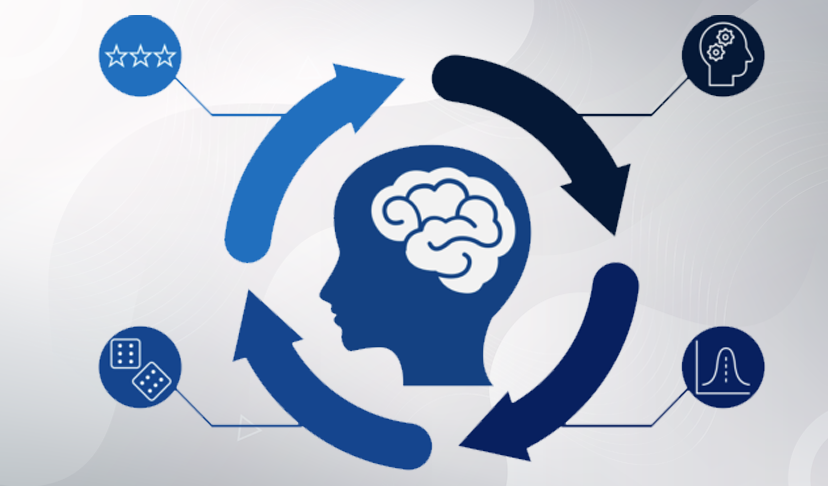How AI Powers Sentiment Analysis in Virtual Meetings

In a time where remote work and virtual meetings are the new normal, it’s more important than ever to have effective and efficient communication within teams. With artificial intelligence (AI) being integrated into virtual meeting platforms, we can now add a new layer to this communication—sentiment analysis. But how AI-Powered Sentiment Analysis in Virtual Meetings? Let’s explore this exciting realm of technology and its transformative impact on remote work.
What is Sentiment Analysis?
Before delving into the role of AI, it’s essential to understand what sentiment analysis is. In simple terms, sentiment analysis refers to the use of text analysis and computational linguistics to identify and categorize subjective information in source materials, mostly textual. This technique can be used in various settings, including social media, customer reviews, and now increasingly in virtual meetings.
Why is Sentiment Analysis Important in Virtual Meetings?
In physical meetings, emotional cues come naturally. You can gauge a participant’s engagement level, agreement, or disagreement through facial expressions, body language, and voice tonality. In virtual settings, however, many of these cues are lost or diminished. That’s where sentiment analysis comes in. It can offer valuable insights into the emotional undertones of a meeting, helping to:
- Enhance Team Collaboration
- Improve Communication
- Guide Decision-making
How AI Facilitates Sentiment Analysis
AI uses complex algorithms and machine learning techniques to analyze data. In the context of virtual meetings, AI processes audio data to capture voice fluctuations, stress levels, and even the words used. It also examines visual cues like facial expressions if video is enabled. All this data is then analyzed to provide a comprehensive sentiment analysis.
Textual Analysis
Textual analysis focuses on the text-based communication during a meeting, including chat messages. AI can interpret text data to determine the sentiment of the conversation. Keywords, phrases, and their context are analyzed to categorize the overall tone—positive, negative, or neutral.
Audio Analysis
Voice is a rich source of emotional data. The pace, pitch, and volume can all give away a speaker’s current emotional state. AI uses this audio data to analyze voice modulation, stress levels, and other markers to derive sentiment. Some advanced systems even differentiate between multiple speakers to offer individual sentiment analysis.
Video Analysis
With the advancements in AI, the technology can now process and analyze visual data. If video is enabled during the meeting, AI uses facial recognition and micro-expression tracking to gain a deeper understanding of the sentiment.
Real-world Applications
Companies like Microsoft, Zoom, and Slack are beginning to integrate AI-powered sentiment analysis into their platforms. These integrations can:
- Help managers understand team dynamics better.
- Assist HR departments in recognizing patterns related to employee dissatisfaction or potential burnout.
- Aid in moderating large webinars by tracking audience engagement and sentiment.
Ethical Considerations
As promising as AI-powered sentiment analysis is, it also raises important ethical concerns. Questions about data privacy, consent, and potential misuse of emotional data are all pertinent and need to be addressed comprehensively.
Conclusion
AI-powered sentiment analysis is an evolving field with immense potential to change the way we conduct virtual meetings. By capturing and analyzing textual, audio, and visual cues, AI provides valuable insights into the emotional dynamics of meetings. As we continue to navigate the challenges and opportunities of remote work, sentiment analysis is likely to become a standard feature in virtual meeting platforms, transforming them into more emotionally intelligent spaces.
As technology advances, so does our need for ethical and considerate implementations of these new features. As users, staying informed and understanding how our data is being used for sentiment analysis is crucial. And as business leaders or decision-makers, choosing ethically responsible AI solutions should be a priority.
In the future, we can expect to see more sophisticated algorithms and ethical guidelines governing this fascinating crossroads of AI and human emotion. Sentiment analysis is not just a technological innovation; it’s an advancement in understanding human behavior and emotions in a digital setting, adding a new layer to emotional intelligence.
It’s an exciting time to be part of this technological transformation. AI is not just enhancing our operational capabilities; it’s enriching our emotional understanding of the workplace.



